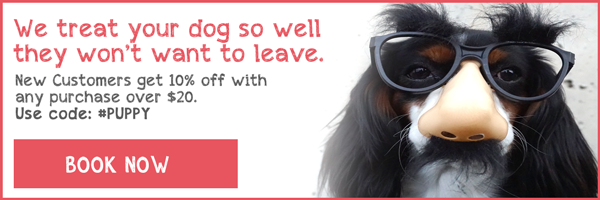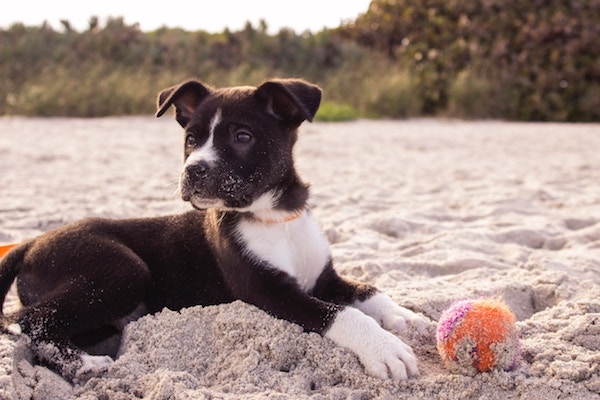Photo Credit:
Puppyhero.com
Unlike cats, dogs are creatures that crave attention and need regular walking. Your first puppy is a big deal, and it can be easy to underestimate how much work is involved. That being said, raising one from a small fluffball into a full-grown adult is hugely rewarding.
So, are you ready?
Is everyone in favor?
If you live with others, bringing up the dog is going to be a team effort and the more hands on deck the better, but to avoid causing a rift, consult with your spouse, family member or roommate first.
Do you suffer from allergies?
Go around to a friend’s house and see if you leave with a runny nose or itchy eyes. If not, you’re probably fine, but make sure that you’re interacting with a dog – cats won’t necessarily stir up the same symptoms. A minor reaction is not the end of the world though. There are an estimated 78 million dogs living in homes throughout America and you can bet a few of them suffer from mild symptoms. If you want to make sure you’re not severely allergic, however, schedule an appointment with an allergist.
Do you own your own property?
If you do, then you won’t need permission from anybody to take the plunge, but if you’re renting, check with your landlord first. Many rental agreements unfortunately come with the proviso that it remain a pet-free home.
Do you have space?
Dogs don’t need masses amount of room, but it’s ideal to have a fenced in lawn they can play in. If you’ve got an apartment without a garden, you’ll need to compensate by taking your new pet on regular excursions. Being able to spare the time is often more vital than having the space.
How much can you afford?
A dog can be a costly investment. For the first year, estimates put the average cost of owning a dog at about $2600- $3500. Of course, it entirely depends on the breed you opt for. Bigger dogs, like the Great Dane and the Rottweiler, are not only expensive to buy, they’re costly to own too. On the other hand, Beagles and Terriers are comparatively inexpensive to purchase and cheaper to own too.
Do you have any children?
In this article we talked about dogs to avoid around kids, especially young children. The Rottweiler and the Weimaraner are two good examples of breeds you’ll need to tread carefully with, whereas the Golden Retriever is an absolute star around young ones. Keep this in mind when you make a decision.
How much freedom do you have over your schedule?
As we said earlier, time is often more important the space, and being able to work flexible hours in the first few weeks is useful.
Early on, you’ll want to do the following:
License your dog
By law, you must get your dog a license. The good news is that if your four-legged friend ever goes walkabout, he or she can be tracked down.
Set up a routine
Dogs need an exercise and feeding routine, and regular walking is a must, so work out some good walking spots.
Look into professional training
Start the doggy training early – it’s a good idea to enlist the services of a professional trainer for this.
Can you bring your dog to work?
For many young professionals who work long hours and live alone, the answer is to bring the puppy to work. Some jobs are very relaxed about this, provided the animal is kept in a little enclosed space near your desk. Make sure your dog is housebroken before you do this, though, as you don’t want it making a noise while you’re in the presence of colleagues.
And there you have it! We hope these pointers help. Remember, owning a dog is an investment, but there’s nothing quite like it either. They’re not called our best friends for nothing.




